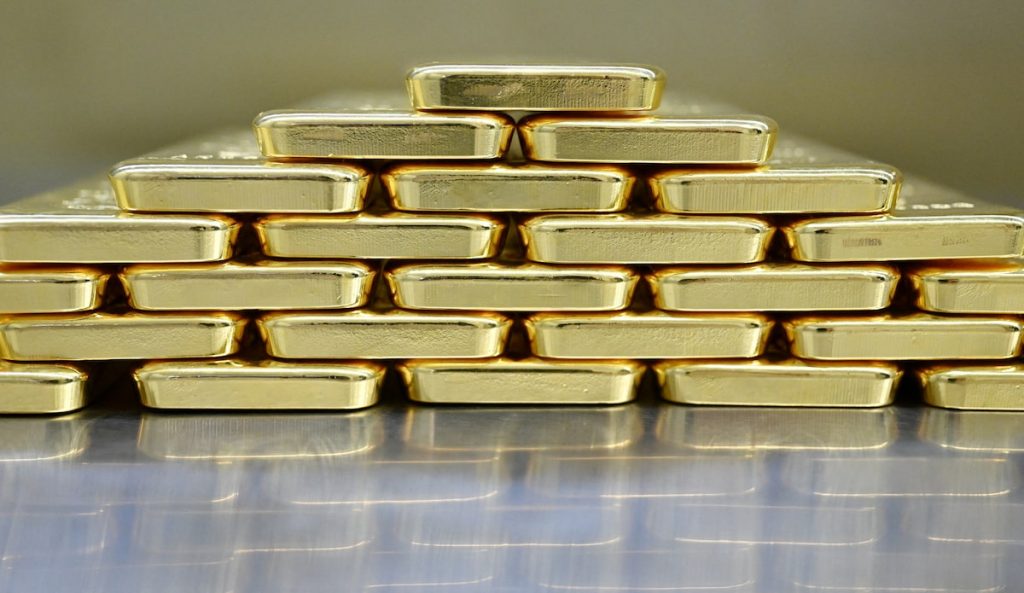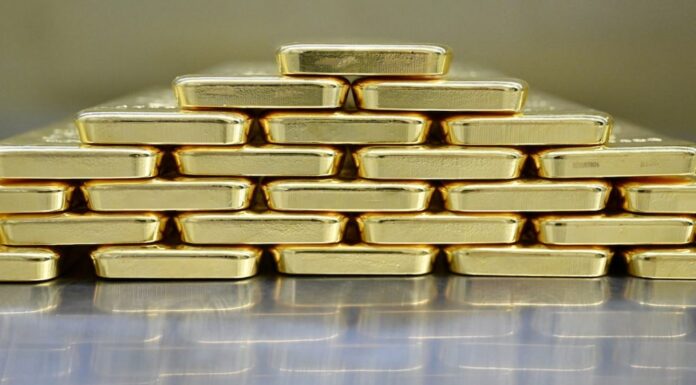
Gold prices climbed sharply on Thursday as investors turned to the metal in response to rising tensions between the United States and China. The move comes after the U.S. government announced a significant increase in tariffs on Chinese goods, prompting concerns about economic fallout and reigniting demand for safe-haven assets.
The surge in gold prices follows President Donald Trump’s announcement on Wednesday that tariffs on Chinese imports would increase to 125%, up from 104%. That move intensified the ongoing trade dispute between the world’s two largest economies, which have been locked in a series of escalating tariff exchanges over the past week. Although the White House simultaneously opted to temporarily reduce tariffs on several other countries, the gesture did little to calm markets focused on the deepening rift with China, a major global consumer of metals.
Edward Meir, analyst at Marex, said the current economic outlook supports further gains in gold. “If we enter a slow growth period, which is our base case, we think rates will eventually head lower and push gold higher since inflation worries will still be with us for much of the year due to tariff impacts,” Meir said. He added that gold could reach $3,200 per ounce by the end of the month, possibly sooner.
The broader context driving gold’s rise includes more than just trade tensions. The metal has gained over 18% so far in 2025. The rally has been supported by several factors: ongoing speculation that the Federal Reserve may soon cut interest rates, central banks continuing to build gold reserves, geopolitical uncertainty in the Middle East and Ukraine, and increased demand for gold-backed exchange-traded funds.
Minutes from the Fed’s latest meeting showed most policymakers agreed the U.S. economy faces simultaneous risks of higher inflation and slower growth. Some officials also acknowledged the “difficult tradeoffs” they may soon face, highlighting the uncertainty surrounding future monetary policy decisions. With inflation still an issue and economic activity potentially slowing, the Fed may have limited room to adjust interest rates without unintended consequences.
That tension affects gold’s outlook. Although the metal benefits when interest rates fall, persistent inflation could force the Fed to keep rates elevated, which would typically dampen demand for non-yielding assets like gold.
The above references an opinion and is for information purposes only. It is not intended to be investment advice. Seek a licensed professional for investment advice. The author is not an insider or shareholder of any of the companies mentioned above.
The post Gold Prices Surge Over 1% Thursday as U.S.-China Trade Tensions Deepen appeared first on MiningFeeds.






